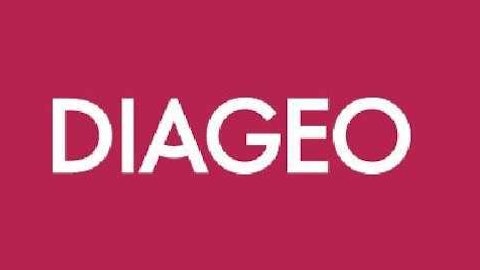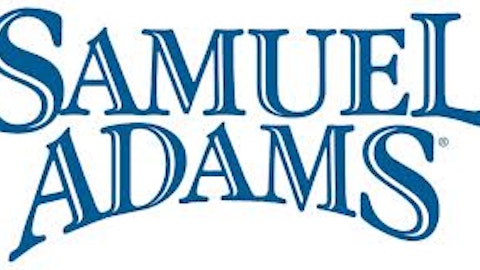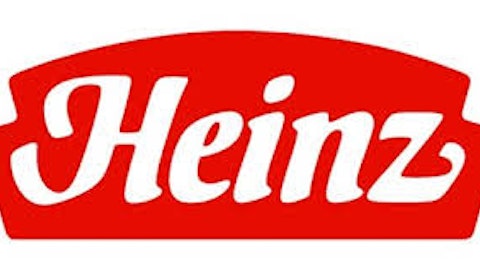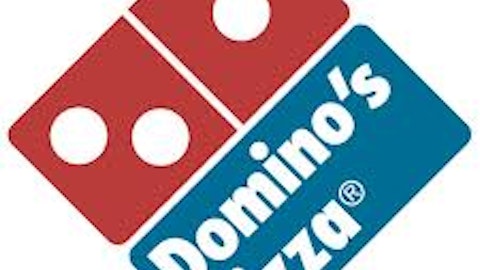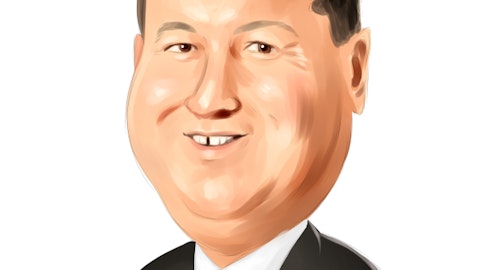Profitability of breweries is largely dependent on the marketing, distribution and operational abilities of individual brewers as demand is driven by leisure activity more than anything else. This puts large companies at an advantage as they have benefits of economies of scale, leverage with distributors and effective and focused marketing techniques. No wonder then that we have seen and continue to see a lot of M&A activity in the brewing industry.
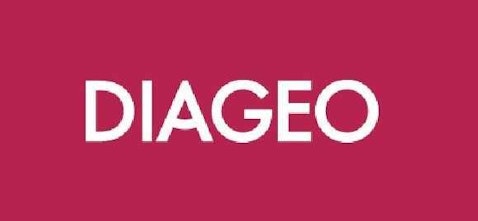
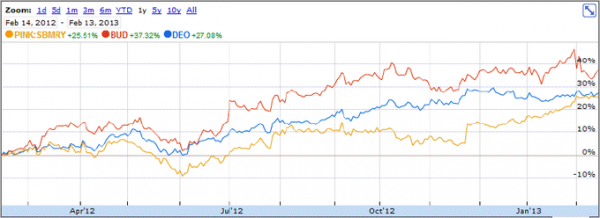
Overview
The brewing industry is comprised of companies involved in the production of beer, ale, malt liquor and non-alcoholic beer. Worldwide production of beer is in the range of 1.9 billion hectoliters with the U.S. accounting for 225 million hectoliters. The U.S. brewing industry has annual revenue of roughly $26 billion with 400 companies involved in the business of brewing. The two biggest brewers in the U.S. – Anheuser-Busch and MillerCoors (a joint venture of two UK based companies SABMiller and Molson Coors) – are parts of global brewing companies.
Researchers expect a modest growth in demand over the next two years. Recession and smoking ban in pubs are the two major reasons ascribed to fall in beer consumption. Major challenges are presented by imports and change in consumer preferences. Germany, for example, has been experiencing a gradual decline in the consumption of beer, considered to be the country’s national drink. In 2008, Germans drank 2.2 liters less beer than they did in 2007. The trend continued with German breweries selling 96.5 million hectoliters of beer in 2012, home and abroad, representing a decline of 1.8% year-on-year. This figure is the lowest since the unification of Germany in 1990.
There was a slight rise (2.6%) in the growth rate of the global beer market in 2011. However, this was mostly due to increased growth in emerging markets, which grew at 5%. In comparison, growth in the developed world, the U.S. and Europe, was restricted to 0.4%, mostly due to the crisis in the euro zone, slow recovery of the U.S. economy and consumers shifting to other alcoholic drinks. On the contrary, the healthier performance of emerging economies resulted in an increase in demand for beer.
Anheuser-Busch InBev NV (ADR) (NYSE:BUD)
Established in 1366, Anheuser-Busch InBev (AB InBev) is a Belgium company headquartered in Leuven. It is engaged in production, marketing and distribution of beer in North America, Latin America and Asia Pacific. Its portfolio of over 200 beer brands is divided into three major segments: global (Budweiser, Stella Artois and Beck’s), multi-country brands ( Leffe and Hoegaarden) and local brands (Bud Light, Michelob, Skol, Brahma, Antarctica, Quilmes, Jupiler, Hasseroder, Klinskoye, Sibirskaya Korona, Chernigivske, Harbin, and Sedrin.
Brands are also categorized into different categories: premium, mainstream or core brands, and value, discount or sub-premium brands. The company is also engaged in the business of soft drinks, carbonated as well as non-carbonated, in Latin America through its subsidiary AmBev and in the United States through Anheuser-Busch. Its soft drinks business includes in-house productions as well as brands owned by PepsiCo, with which it has a long term agreement to bottle, sell and distribute its brands.
